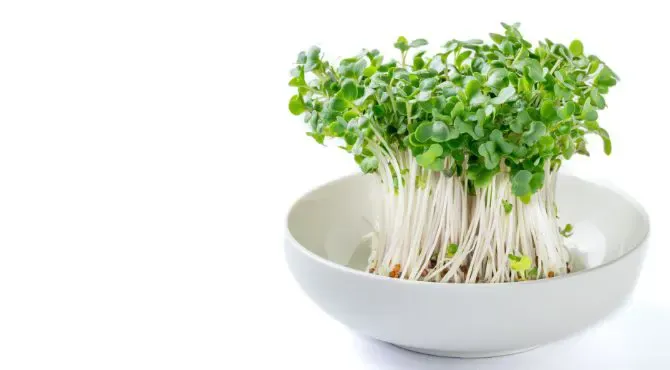What is live food? 5 “living” foods to eat

This type of food excludes transformation processes such as refining sugar or cereals. Or the roasting of coffee and the pasteurization of cream or fruit juice.
The main foods part of the living diet are fruits, vegetables, algae, seeds, oilseeds and fermented foods.
What Are Live Foods?
Live food is often contrasted with ultra-processed products and junk, which provide "empty calories" to the body because these products have a very low nutritional quality (vitamins, minerals etc.).Here are the foods to invite on your plate to initiate you or continue to consume living food products. Go after the list to learn more about this type of food.
1- Fresh fruits and vegetables

For example, spinach is well endowed with vitamin K and iron, and the carrot is in vitamin A and C. In summer, you can eat red berries rich in antioxidants.
How to consume them: they are destroyed as soon as possible after their harvest or purchase to take advantage of their virtues. The juice extractor allows them to preserve their vitamins and minerals as much as possible. Gentle cooking at low temperatures such as steam is preferred. You can opt for dried fruits such as dates or apricots.
2- Seeds and dried fruits
There is a wide range of seeds and oilseeds!- Chia seeds contain a lot of fibre.
- Flax seeds are high in essential fatty acids, just like hemp seeds.
- Brazil nuts are high in selenium.
- Hazelnuts are a source of fibre and vitamin E.
3- Algae

Wakame is very high in protein. Nori is also high in vegetable protein and is well endowed with vitamin B12.
How to eat them: you can rehydrate the dried algae in the water and season them to eat them in a salad. Fresh seaweed is desalted in water before being prepared, and you can start with a small amount to tame their iodized taste.
4- Sprouts

Just as fresh as they are crunchy to the bite, they are packed with vitamins and minerals.
How to eat them: they can be added to a salad, warm or cold vegetable soup, or a sandwich. It is possible to germinate yourself by following a few precautions. Otherwise, you can buy them in most organic stores.
5- Lacto-fermented foods

We ingest probiotics, bacteria beneficial to our intestinal flora, by consuming them.
How to eat them: sauerkraut is the Lacto-fermented vegetable par excellence. But you can also ferment carrots or cucumbers, for example. Milk or fruit kefir is a fermented drink that boosts the intestinal microbiota, and Rejuvelac is a fermented drink made from sprouted seeds.
The benefits of living food
Live food should be incorporated as part of a diversified and varied diet.There is no question about consuming only raw foods (raw food). This type of diet can lead to deficiencies and food poisoning.
On the site of the PNNS (National Health Nutrition Program), there are nutrition recommendations.
The consumption of fruits and vegetables is encouraged, both raw and cooked. But pulses are also popular because of their fibre content, just like starches.
Raw fruits and vegetables generally contain more vitamins, minerals and trace elements than their cooked counterparts.
For example, vitamin C is lower in raw than cooked broccoli, as this study points out.
However, there are exceptions. This study showed that the amount of lycopene (an antioxidant compound) was more incredible in heat-treated tomatoes than in raw ones.
In addition, cooking has a sanitation role because it eliminates bacteria from food.
Live food for humans
Finally, we are not all equal when it comes to the digestion of raw fruits and vegetables, and cooking them can make their fibres softer to digest.Limiting the consumption of ultra-processed and low-nutrition products is one of the advantages of favouring living foods.
Another recommendation, reduce the consumption of white sugar and favour alternatives such as honey. For oils, consider organic, first cold-pressed oils. In conclusion, we take care to balance our diet to not have any deficiencies and reach public health recommendations. We adopt a diversified diet by inviting "living foods" on our plates.
Read More:
Post a Comment